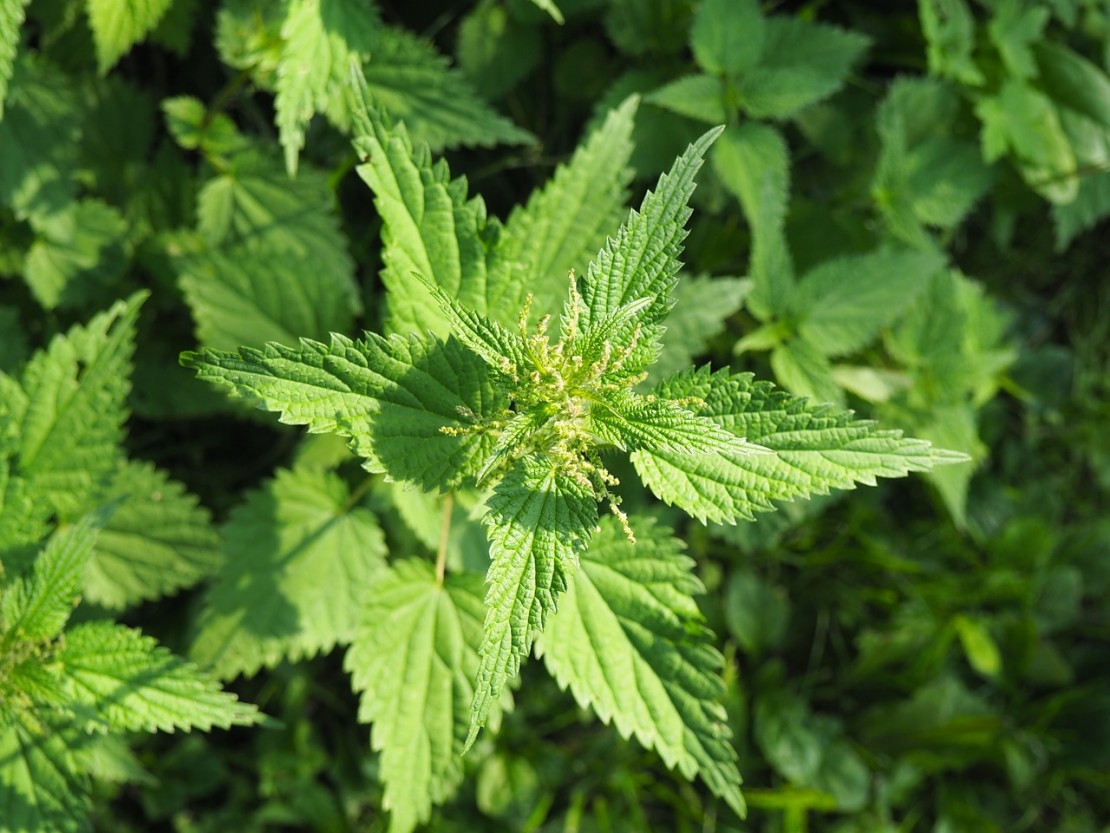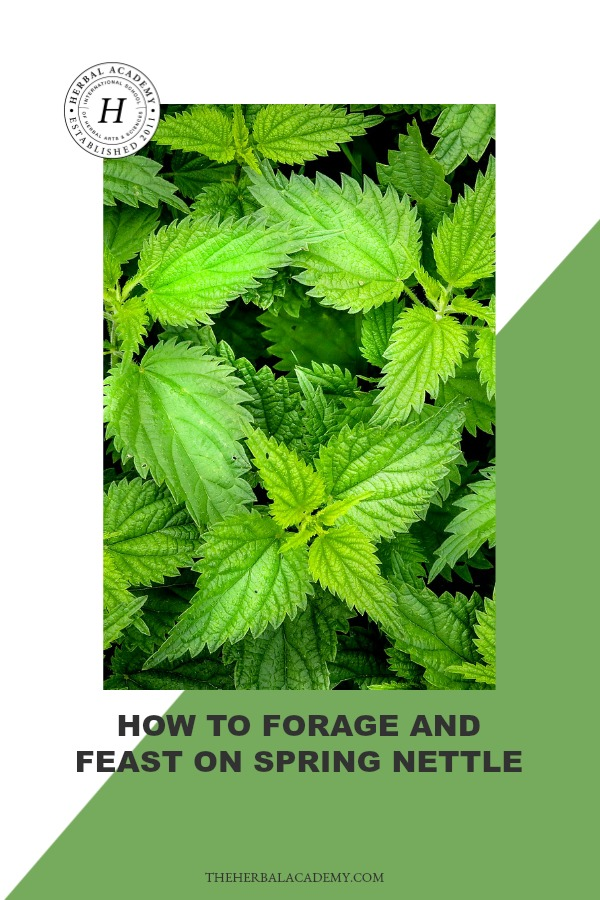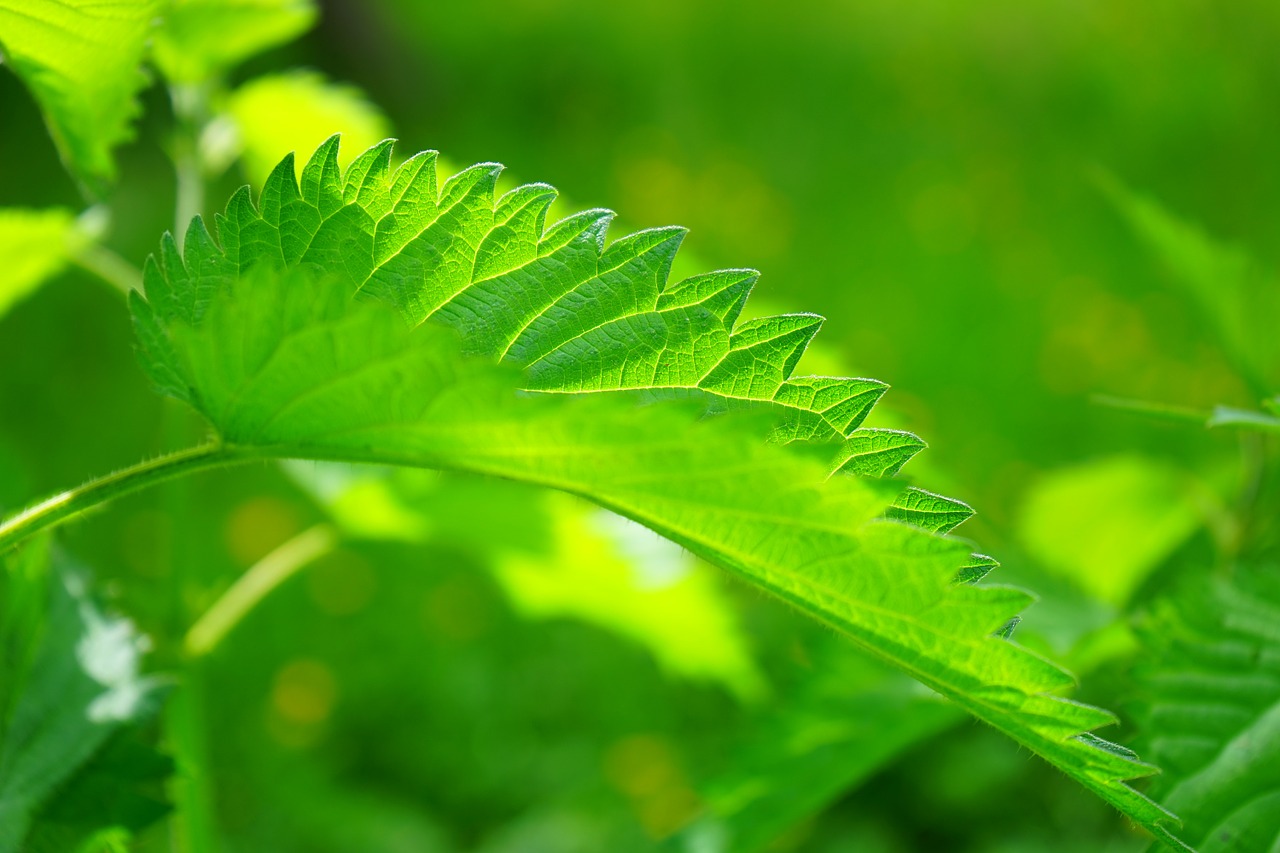
Feast on Spring Nettle! Wild Greens with Beans Soup Recipe
Spring is that wonderful time of year when we emerge from our winter hibernation into a fresh, green world.
And, as we being to explore the newly grown and fresh plants, there are many that we can harvest and eat. These plants have a delicious flavor and many nutritional benefits to enjoy.
One popular green that can be foraged is spring nettle. According to the wonderful book, Foraging and Feasting: A Field Guide and Wild Cookbook, nettle grows in meadows, gardens, riverbanks, near woodland openings and edges, and near marshes.
According to author, forager, and cook, Dina Falconi (2013), nettle prefers full sun to part shade and moist, well-drained soil. This perennial grows in USDA Zones 4-9 (for reference, Massachusetts is in Zones 5-6) and can reach up to 6 feet tall. Plants up to 18 inches tall can be harvested from early to late spring, and mid-spring to early summer for shoots exceeding 18 inches.
Herbal History of Nettle
Due to its natural anti-inflammatory properties, nettle has been used for centuries to alleviate the symptoms of common allergies, particularly hay fever. Nettle leaf is used as a diuretic and has been shown to help with prostate issues and diseases. It can also be used for arthritis and other rheumatic conditions (Nettle, n.d.).
Sometimes known as stinging nettle due to the stinging hairs that grow on the stem, many believe the sting, which release formic acid and other compounds, can be curative and help with arthritis and other rheumatic ailments (Falconi, 2013). Warm and fiery, nettle is associated with blood and circulation, making it ideal for herbal tonics that support circulation.
How To Forage and Feast on Spring Nettle
Nearly all parts of the spring nettle plant are edible including the young shoot (less than 18 inches), the leaf and tender stem, the flowers, and the seed (in small amounts).
The leaf has a deep green “meaty” flavor and can be used in a variety of culinary dishes including soups, stews, omelets, frittatas, quiches, and casseroles. Once the stem grows taller than 18 inches it can be used in tonics and beverages such as tea. All parts of the plant are high in calcium, magnesium, and iron (Falconi, 2013).
Deep green spring nettle leaf makes a mineral and vitamin-rich tea that supports circulation and helps with the symptoms of a wet respiratory cold. This fiery, blood-building green helps support kidney and adrenal functions as well. It can be enjoyed on its own or combined with other herbs, such as mint or lemon balm, for a cooling lemon zing.
Falconi recommends combining it with rum and currants for use as a therapeutic “blood elixir” or mixing it with water kefir grains and ginger in a zippy, energizing soda. Both of these recipes can be found in Foraging and Feasting: A Field Guide and Wild Cookbook along with the following recipe for a hearty, delicious soup.
This is considered a master recipe as some of the ingredients can be swapped or substituted, noted below.
Wild Greens with Beans Soup
Adapted from Wild Green and Beans Soup (Master Recipe) by Dina Falconi.
½ cup olive oil
2 cups onion, chopped
3 tablespoons fresh aromatic herbs of choice (or 3 teaspoons dried), finely chopped: bee balm, wild bergamot, oregano, thyme, marjoram, savory, dill, sage, basil, rosemary, fennel, anise hyssop, mint
3 cloves garlic, sliced in half
6 cups vegetable stock (animal stock may be used if preferred)
4 cups cooked beans of choice, including bean broth (water they were cooked in): chickpeas, lentils, mung, cranberry, and navy are favorites
4 cups (about 8 ounces) wild spring nettle, tightly packed and coarsely chopped (nettle can be combined with or replaced with other wild greens of choice such as amaranth, lamb’s quarter, dayflower, garlic mustard leaves, yellow dock, board leaf dock, mallow, dames rocket, depending on availability)
Sea salt and pepper, to taste
- Heat oil in large soup pot, add onion and cook over medium-low heat with the lid on until the onions are soft, stirring occasionally.
- Add 2 tablespoons fresh aromatic herbs (or 2 ½ teaspoons dried) and garlic, cook for 1-2 minutes, stirring occasionally.
- Add the stock and beans and bring to a simmer.
- Add wild nettles (or other greens) and simmer, covered, until greens are tender, about 6-10 minutes.
- Turn off the heat and sprinkle in remaining fresh or dried herbs or choice.
- Add sea salt and pepper to taste. Serve and enjoy!
This delicious soup can be enjoyed year-round, depending on what greens and herbs are available seasonally. You can also make small changes to it based on your own taste. Try adding fresh diced tomatoes with the stock and beans or sprinkle in crushed aromatic seeds or a hard aromatic cheese like Romano or Parmigiano to the soup. Experiment and get creative with this flexible master recipe.
Have you foraged for spring nettles? Where did you find them, and how did you enjoy them? Leave a comment below and let us know about your nettle (or other) foraging adventures.
Error, group does not exist! Check your syntax! (ID: 5)
REFERENCES
Falconi, D. (2013). Foraging and Feasting: A Field Guide and Wild Cookbook. Accord, NY: Botanical Arts Press.
Nettle (Urtica Dioica). (n.d.). Retrieved on March 15, 2016 from http://www.herbwisdom.com/herb-nettle.html#reviews
USDA Plant Hardiness Zone Map, United States Department of Agriculture (n.d.). Retrieved from http://planthardiness.ars.usda.gov/PHZMWeb/









